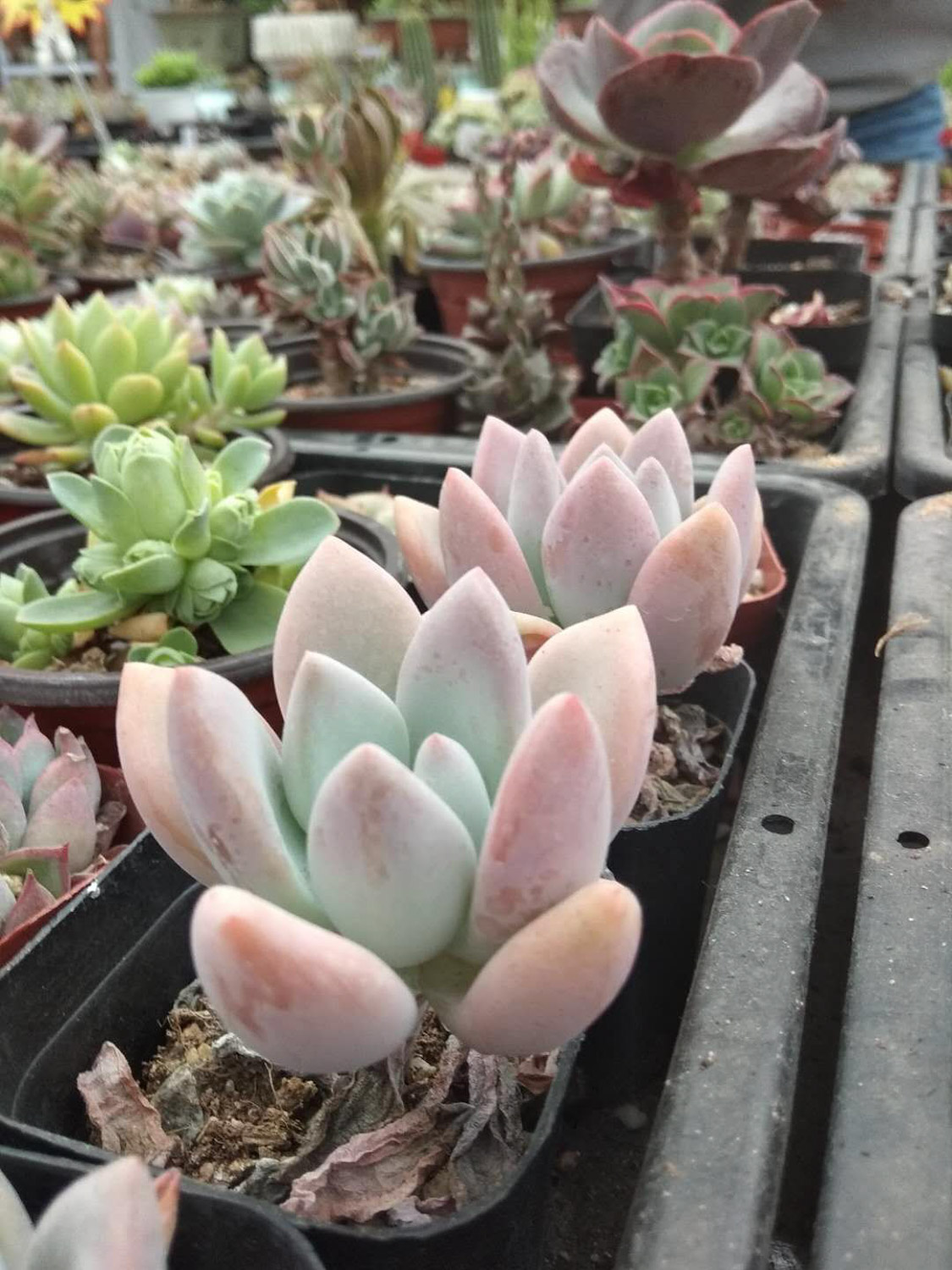How does oprina raise her
In the big meat family, oprina belongs to the kind of good-looking and well maintained oprina. The leaves are fat, the color is pink and blue, and the tip is light pink. At first glance, it looks like a beauty with red rouge. If you find symptoms such as slender leaves, dim color and loose plant type, it may be your fleshy lack of light and moisture. Learn the following, Xiaobian to ensure that your oprina is fat in vain
Watering
Due to its thick leaves, oprina is drought resistant and can be fully watered under sufficient light. For example, in spring and autumn, it can be watered once when the soil is nearly dry. However, in hot summer and cold winter, the number and frequency of watering should be reduced. After the soil is completely dry, a small amount of watering can be carried out. When planting, it is best to choose soil with strong air permeability and good drainage, such as peat soil and granular soil in the ratio of 1:1
Illumination
In summer, due to the high temperature and strong light, when the temperature exceeds 30 ℃, the plant should be moved to a cool and ventilated place. When the temperature is appropriate, the sun exposure time can be appropriately prolonged. Sufficient sun exposure can make the leaf shape of oprina more compact, the white powder is thicker, and the leaf tips and edges are light pink. It should be noted that if there is a lack of sunlight, it is easy to cause plants to be thin, dim and only high, and oprina appears top heavy

Slow seedling
During the slow seedling period, the plants are planted in the environment of dry soil or tidal soil, and then placed in a bright place for 1-2 weeks to maintain ventilation, and then gradually increase the light. During this period, it is recommended to water less or no water as much as possible
Summer and winter
When the temperature exceeds 30 degrees in summer, oprina should be placed in a cool and ventilated place. Too high temperature may lead to the death of plants. Once it exceeds 35 degrees, it will enter the dormancy period. During the dormancy period, keep little or no water supply. After the temperature drops down, you can water again, but don't pour too much water at once at the beginning, and the amount of water should be increased little by little. In winter, if the temperature can be kept at a constant temperature of more than 5 ℃, water can be supplied normally. If the temperature is lower than 0 ℃, water should be controlled. If the temperature is too low, plants will be frostbitten. You can give a little water to the root of oprina in the sun< span>


 how many times do yo...
how many times do yo... how many planted tre...
how many planted tre... how many pine trees ...
how many pine trees ... how many pecan trees...
how many pecan trees... how many plants comp...
how many plants comp... how many plants can ...
how many plants can ... how many plants and ...
how many plants and ... how many pepper plan...
how many pepper plan...



























